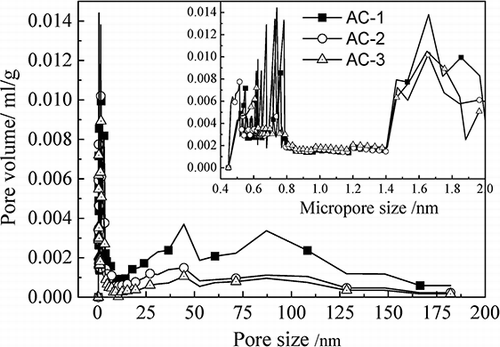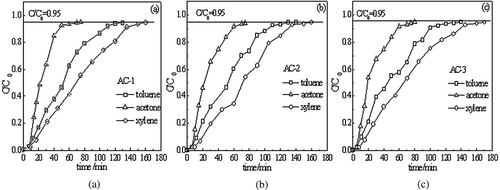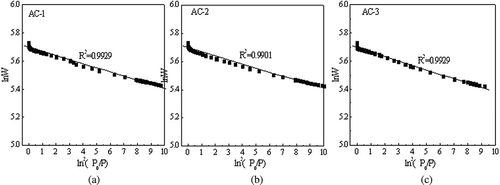Figures & data
Table 1. Comparison of different adsorbate properties
Figure 1. Experimental device: j drying bottle; k gas generator; l flow meter; m mixing chamber; n air pump; o adsorption bed; p thermostat; q gas chromatograph; r exhaust.
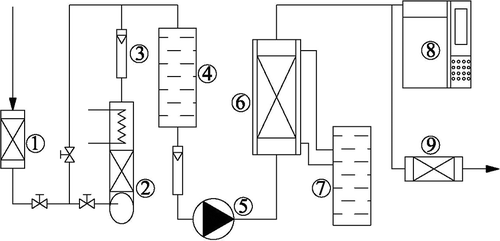
Table 2. Specific surface area and pore volume of AC
Table 3. Chemical surface groups of AC (mmol·g−1)
Table 4. Adsorption capacity of AC (g(100 g)−1)
Figure 5. Relationships between surface groups and adsorption capacity of AC: (a) carboxyl; (b) lactones; (c) phenolic hydroxyl; (d) total acidic group; (e) total alkaline group.
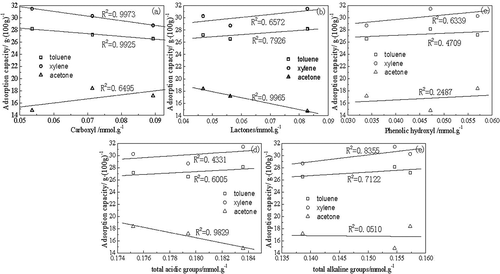
Figure 6. Relationships between adsorbate properties and adsorption capacity of AC: (a) molecular weigh; (b) molecular diameter; (c) polarity index; (d) boiling point; (e) density; (f) vapor pressure.


